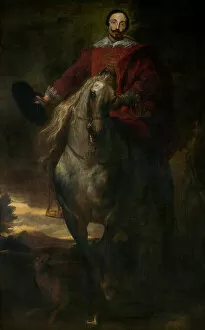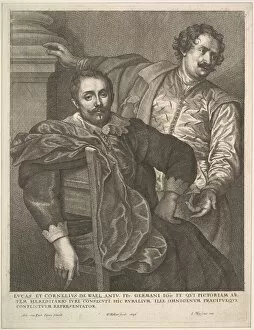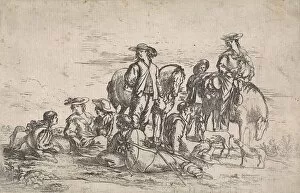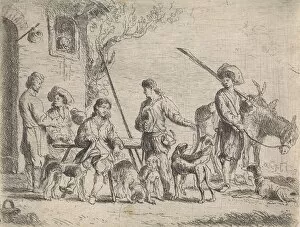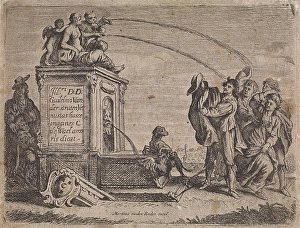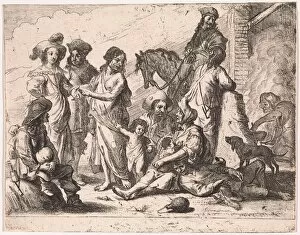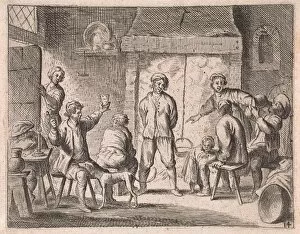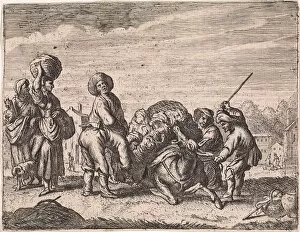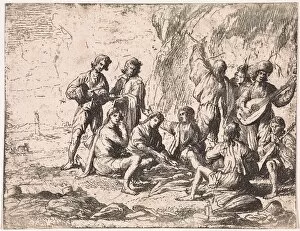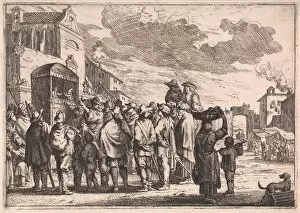Cornelis De Wael Collection
Cornelis de Wael, a renowned painter of the 17th century, left behind an impressive body of work that showcased his diverse artistic talents
All Professionally Made to Order for Quick Shipping
Cornelis de Wael, a renowned painter of the 17th century, left behind an impressive body of work that showcased his diverse artistic talents. One notable piece is the Equestrian portrait himself, captured in oil on canvas. This self-portrait not only displays his skill as a painter but also highlights his passion for equestrianism. In another masterpiece titled "To visit the sick, " part of the Seven Works of Mercy series created after 1625, De Wael demonstrates his compassion and empathy towards those in need. The painting depicts individuals caring for the sick and showcases De Wael's ability to capture human emotions with great sensitivity. De Wael's collaboration with artist Wenceslaus Hollar resulted in a stunning portrayal of Lucas and Cornelius van Wael in 1646. This artwork exemplifies De Wael's talent for capturing familial bonds and intimate moments between loved ones. The painting "Resting hunt" by Anonymous, believed to be influenced by Cornelis de Wael's style, showcases his influence on other artists during this period. It reflects De Wael's expertise in depicting hunting scenes with meticulous attention to detail. "Hunters for an inn" is another remarkable creation by De Wael that captures a lively scene at an inn where hunters gather after their expeditions. Through vibrant colors and dynamic composition, he brings this moment to life while showcasing his ability to portray various characters within one frame. In "Group of people at fountain, " painted alongside Martinus van den Enden (I), DeWaelexpertly portrays everyday life through intricate details and realistic depictions. His keen eye for capturing human interactions shines through as he presents a bustling scene around a central fountain. DeWaelexplores themes beyond daily life too; evident in works like "Fortuneteller. " Here he delves into mysticism and divination practices prevalent during his time, showcasing his versatility as an artist.

